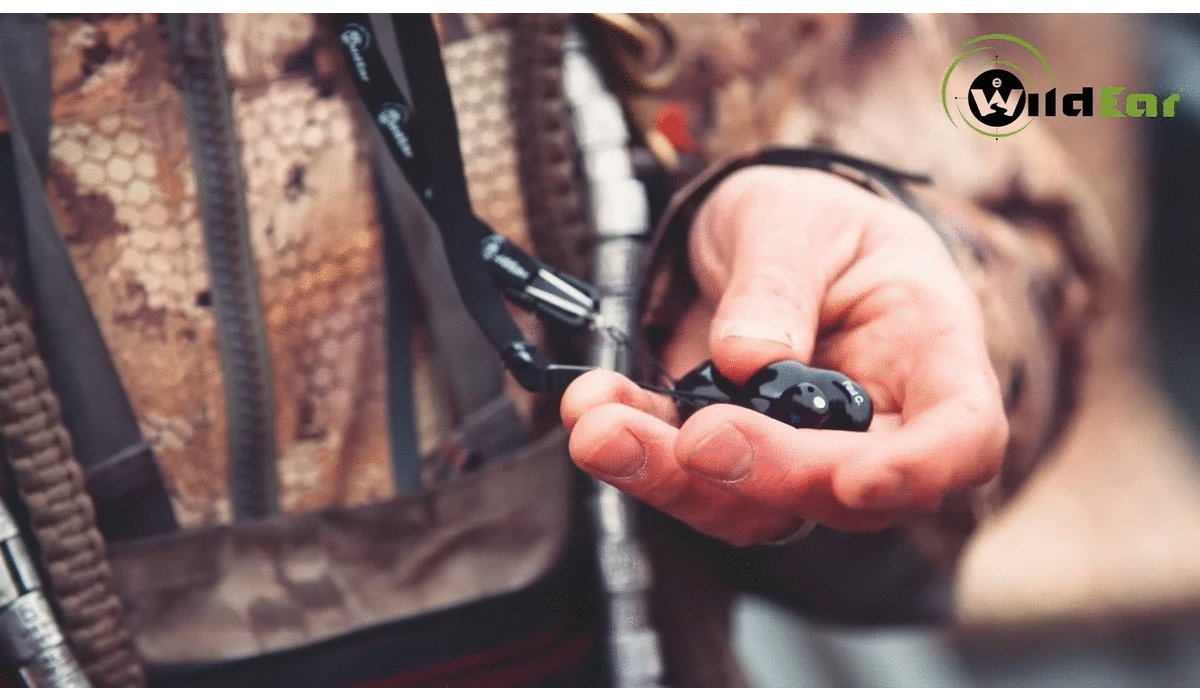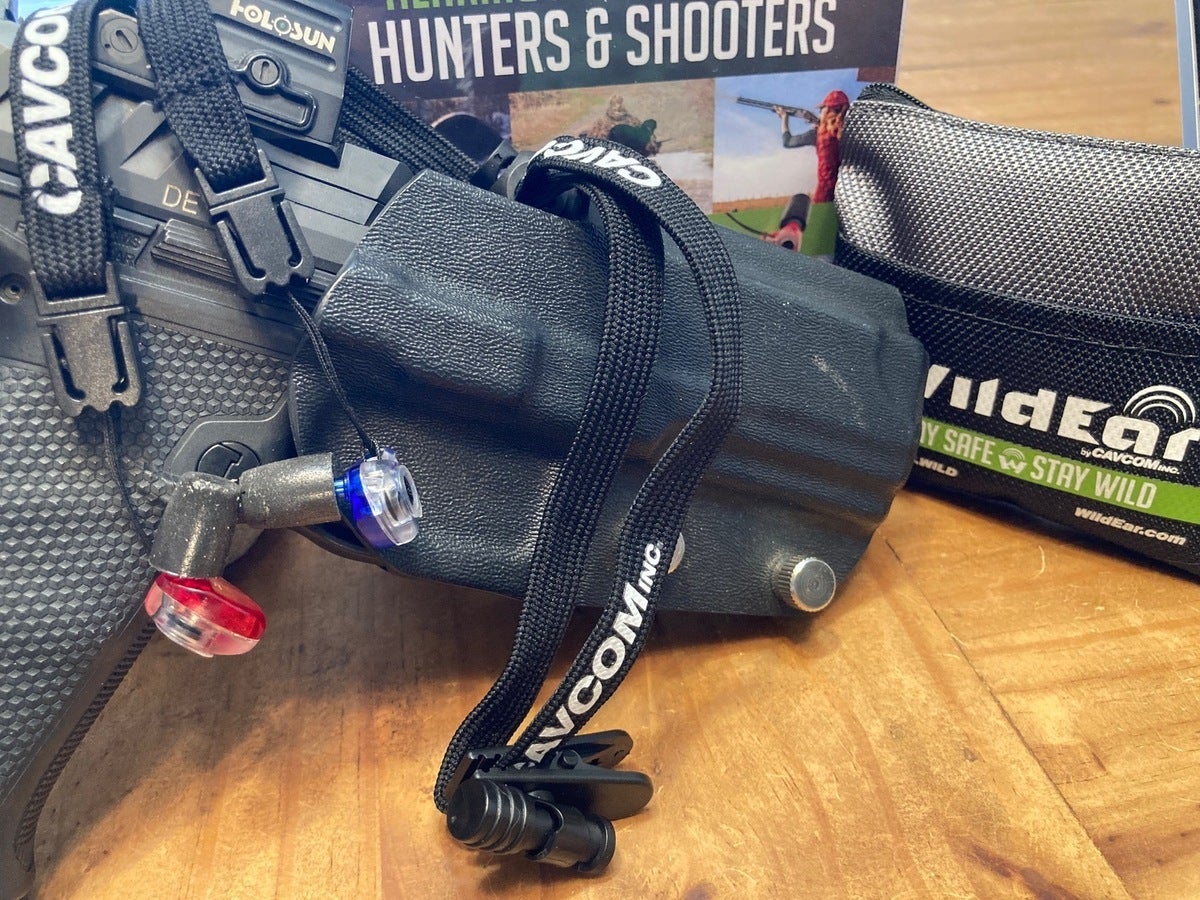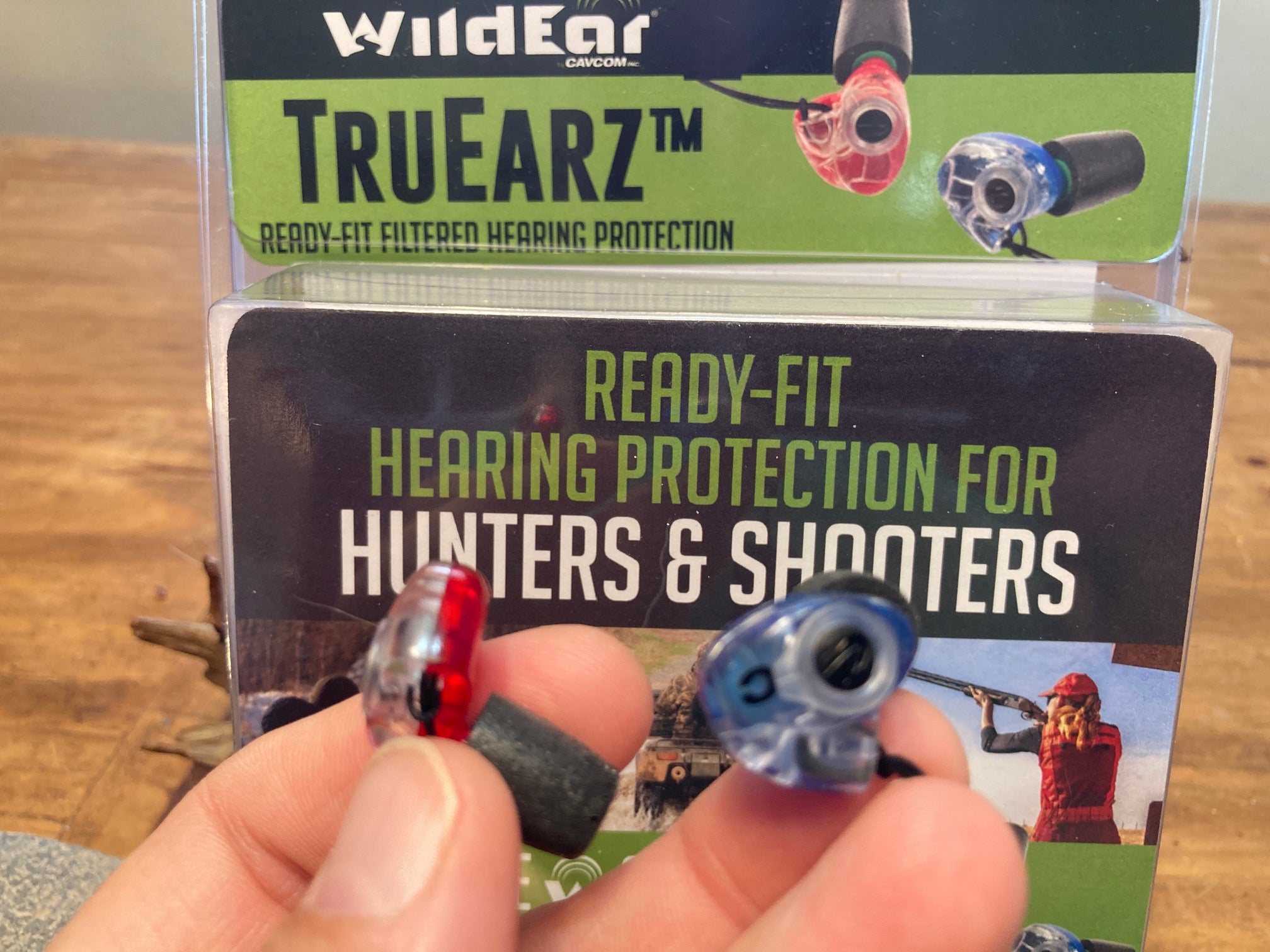WildEar Educates, Supports Shooters and Action Sport Participants
Eve Flanigan 10.17.22

In October 2022, gun writers from across the nation gathered for the Outdoor America News writers’ conference. The event took place in the classrooms and indoor ranges of the elegant, full service Texas Gun Experience in Grapevine, Texas. Representatives from many gun and gear companies were on hand to present their latest wares and allow writers to try products first-hand. Among the presenters were Jon Baldridge, a Certified Occupational Hearing Conservationist, and Karen Lutto, a noted outdoor media specialist. Their presentation served to educate attendees about hearing safety as well as learn about an incredibly full-featured product line by WildEar. Here, I’ll focus mostly on the educational aspects of the program, as shooters are of course especially at risk for irrecoverable loss of hearing. With diminished hearing comes a faulty early warning system for potential danger, on the streets or in the field, not to mention diminished enjoyment of our precious, limited time on earth.
“We live in a world of noise,” Baldridge said as he asked for a show of hands from people in the room who experience tinnitus (ringing, radio static-like, or other unwanted sounds) on a regular basis. If there was a writer who didn’t raise their hand, I missed seeing them. Tinnitus is a symptom of hearing loss and/or injury.

Shooting of course is potentially injurious to hearing. In the presentation, we were warned about incorrect use of hearing protection such as earmuffs, foam plugs, and even custom-made plugs. For starters, people using indoor ranges should use both as the concussive force of live fire sound is much greater there. Muffs that don’t fully seal around the ears are another culprit. People often lift one side of the muff away slightly in order to hear the spoken word, and physical barriers like shooting glasses can interfere with a proper seal. Plugs, when placed perfectly according to instructions, offer a higher level of protection than muffs. The problem is, many people don’t insert them properly, or have ear canals that aren’t a good match for generic plugs. I have often seen people pull an earplug out momentarily to hear range instruction, then sloppily re-insert it. As for myself, I gave up on custom plugs because they blocked out so much sound I was unable to converse when wearing them, not to mention they took some trouble to re-insert, and as if that weren’t enough, the cord that connected them pulled out of one plug, making for unsanitary and easily misplaced pocket carry of both plugs. I think those costly things lasted for two range sessions. Of course, any of the preceding practices can allow damaging sounds to damage the delicate eardrum and nerves that serve the hearing organ. Baldridge was especially emphatic that air gun shooters should employ hearing protection. While their guns are often less loud than that of a regular centerfire gun, many are still loud enough to damage hearing.
Layers of sounds that are minimally injurious by themselves, like wind, loud talking, and power tools can accumulate to harmful levels when exposure happens at the same time. It’s enough to lead a person to wonder how to navigate a normal day without carrying earpro around all the time. Often, people reach for cotton balls for protection. This is no better than nothing at all, Baldridge explained, as cotton allows sound to come right through. In the many situations where it’s necessary to both hear and protect hearing, devices that electronically amplify speech while instantly shutting down noises that are above a certain decibel level are recommended.

I’ve personally seen the wisdom of this advice when coaching students who use hearing aids or who have uncorrected hearing loss. Electronic ear muffs are often very helpful to protect what remains of hearing and preserve range safety and their lesson investment, thanks to range instructions being amplified. However, this measure is imperfect. Many people dislodge earmuffs or find them very irritating when trying to maintain a cheek weld. In windy conditions, wind is amplified in the ear by most electronic muffs as well, making the spoken word even harder to understand and creating what for most people is an annoying roar. Sadly, some people remedy this by removing earpro altogether. Much like seatbelt use in cars has been normalized for injury prevention, appropriate use of hearing protection should become a baseline expectation in the shooting community. We are of course part of the way there—but the misuse and non-use of hearing protection is very common, and thus so is shooting-related hearing loss.
Of course, WildEar was as the conference not just to educate but to promote products. The company offers a variety of solutions for hearing protection, many of the options using technological advancements that eliminate many of the typical shortcomings of devices like the standard electronic muffs commonly found on gun store shelves. Their products span a wide range, starting with fully custom, electronic plugs that allow the spoken word and other harmless environmental sounds to be heard while deadening harmful sounds, they claim at an earlier moment than competitors’ products (i.e., when the firing pin hits the primer). These top-shelf plugs run $1,500 and once a mold of an individual’s ears is cast, a record is created for life—unless a person has a major weight loss or gain of, say, 75 pounds or more, in which case a new form must be made. Many other and more affordable products are available, including some with Bluetooth capability to allow phone communication or enjoyment of music while doing loud activities.

For hunters, or people who just like hearing stuff they normally can’t, some WildEar products are capable of creating experiences that seem superhuman. Want to hear an approaching deer carefully picking its way through leaves at your four-o’clock? WildEar’s FieldEarz electronic silicon earplugs make it possible. Participants at the conference showed amazement at being able to hear an incoming patron treading over the welcome carpet on the far end of the Texas Gun Experience showroom, even as those around them engaged in loud conversations. It was like witnessing a scene from a sci-fi movie, but very real. Most hunters don’t use earpro in the field. Now, it can give them an advantage for hunting in addition to being protected.
I had the experience of an exact mold of my ear canal being made at the event. Not gonna lie, It wasn’t nearly as enjoyable as the margarita I drank at day’s end. But it wasn’t painful either, and now I have the option of simply picking up the phone or logging onto the WildEar website whenever I please and ordering my own custom, lifetime, perfect pair of EarzOn plugs, in the color of my choice, that will never interfere with shooting, mowing the lawn, or conversation, and will never give me a painful raw spot from all-day wear as muffs do over a hat and hair barrettes.
Shooting, hunting, power sports, and property maintenance, and even concerts inspire people to spend a lot of money on accessories, but hearing protection is often treated as afterthought rather than essential equipment. It’s time to make the effective use of hearing protection the norm rather than the exception. Check out WildEar products and talk to a representative with any special questions. Group/team pricing is often an option.